Home>Maintenance & Safety>Child & Elderly Safety at Home>When To Put A Child In A Booster Seat In Canada
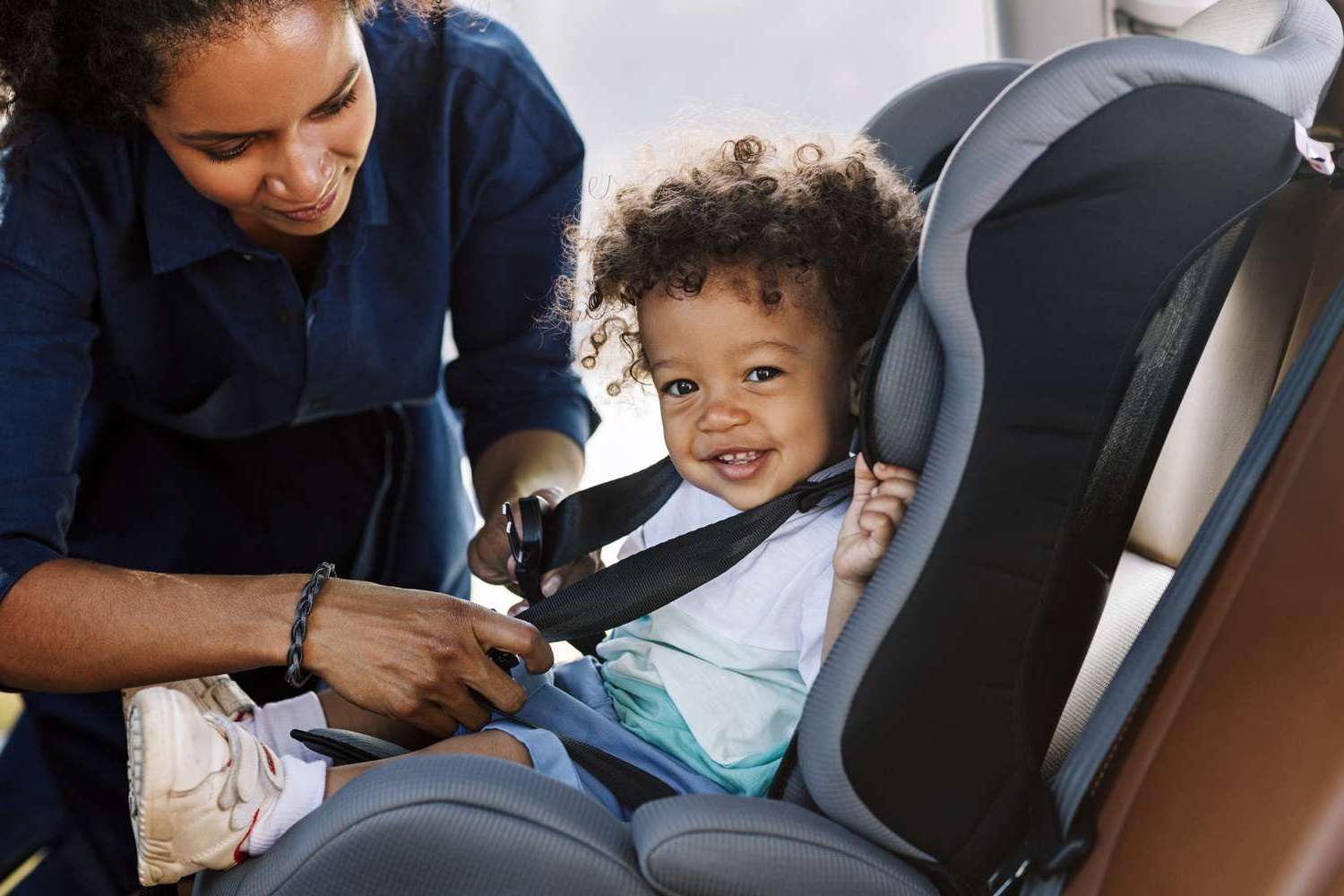

Child & Elderly Safety at Home
When To Put A Child In A Booster Seat In Canada
Modified: August 27, 2024
Learn the guidelines for putting a child in a booster seat in Canada to ensure child and elderly safety at home. Find out when it's time to transition from a car seat to a booster seat.
(Many of the links in this article redirect to a specific reviewed product. Your purchase of these products through affiliate links helps to generate commission for Storables.com, at no extra cost. Learn more)
Introduction
Child safety is a top priority for parents and caregivers, especially when it comes to traveling in vehicles. In Canada, ensuring that children are properly secured in car seats is not just a matter of best practice; it's the law. Understanding the regulations and guidelines for child car seats, including booster seats, is crucial for safeguarding young passengers during car journeys.
As a parent, grandparent, or guardian, it's natural to want to provide the best protection for the children in your care. This includes ensuring that they are safely restrained while traveling in a vehicle. The use of appropriate car seats, including booster seats, is a fundamental aspect of child safety, and it's essential to stay informed about the guidelines and best practices.
In this article, we will delve into the specifics of Canadian car seat laws, the appropriate timing for transitioning a child to a booster seat, the different types of booster seats available, and the proper usage of these seats. By gaining a comprehensive understanding of these crucial aspects, you can make informed decisions to keep the young passengers in your vehicle safe and secure.
Ensuring the safety of children in vehicles is a responsibility that should not be taken lightly. By staying informed and following the guidelines outlined in this article, you can play a vital role in protecting the precious young lives entrusted to your care. Let's explore the essential information regarding booster seats and Canadian car seat laws to ensure that every car journey with children is as safe as possible.
Key Takeaways:
- Keep kids safe in Canada by using booster seats based on age, weight, and height. Follow the law and guidelines to protect young passengers during car journeys.
- Choose the right booster seat type and use it properly to ensure children’s safety and comfort in vehicles. Prioritize correct installation, positioning, and regular safety checks.
Canadian Car Seat Laws
In Canada, car seat laws are in place to ensure the safety of young passengers during vehicle travel. These laws mandate the use of appropriate car seats based on a child's age, weight, and height. It is crucial for parents and caregivers to understand and comply with these regulations to protect children in the event of a collision or sudden stop.
The car seat laws in Canada are structured to align with the best safety practices for children at various stages of development. Infants and toddlers are required to be secured in rear-facing car seats until they reach the age of two or until they exceed the weight and height limits specified by the seat's manufacturer. This rear-facing position provides optimal protection for the child's head, neck, and spine in the event of a crash.
Once a child outgrows the rear-facing seat, they should transition to a forward-facing car seat with a harness. This type of seat is designed to distribute the force of a collision across the strongest parts of the child's body, reducing the risk of injury.
As children continue to grow, they will eventually reach the stage where they are ready for a booster seat. Canadian car seat laws stipulate that children must use a booster seat until they reach a specific age, weight, and height, as outlined by provincial regulations. Booster seats are crucial for ensuring that the vehicle's seat belt fits the child properly, positioning it across the strongest parts of their body and reducing the risk of injury in the event of a crash.
It is important to note that car seat laws may vary slightly between provinces and territories in Canada. Therefore, it is essential for parents and caregivers to familiarize themselves with the specific regulations applicable to their location. By staying informed about the car seat laws in their area, individuals can ensure that they are providing the highest level of protection for the young passengers in their vehicles.
Understanding and adhering to Canadian car seat laws is a fundamental aspect of responsible child transportation. By following these regulations, parents and caregivers can play a crucial role in safeguarding children during car journeys, promoting a culture of safety and protection for the most vulnerable passengers on the road.
When to Transition to a Booster Seat
Transitioning a child to a booster seat is a significant milestone in their journey of car seat safety. It marks a crucial shift from the confines of a traditional car seat to a more mature form of restraint that aligns with the child's physical development. Understanding the appropriate timing for this transition is essential for ensuring the child's safety and comfort during car journeys.
In Canada, the general guideline for transitioning to a booster seat is when a child outgrows their forward-facing car seat with a harness. This typically occurs when the child reaches the manufacturer's specified weight and height limits for the forward-facing seat. However, it's important to note that the specific regulations regarding the transition to a booster seat may vary by province or territory. Therefore, it is advisable for parents and caregivers to familiarize themselves with the guidelines applicable to their location.
One of the key indicators that a child is ready for a booster seat is when they have outgrown the height and weight limits of their forward-facing car seat. This signifies that the child has reached a stage where the vehicle's seat belt may not fit them properly without the additional support provided by a booster seat. The transition to a booster seat is essential for ensuring that the seat belt is positioned correctly across the child's body, particularly over their shoulder and hips, to provide optimal protection in the event of a collision.
Furthermore, the age at which a child is ready for a booster seat may also be a consideration. While age alone is not the sole determining factor, it is generally recommended that children transition to a booster seat around the age of 8 or when they reach a height of 4 feet 9 inches (145 cm). This guideline aligns with the physical development and maturity level at which children can effectively use a booster seat and the vehicle's seat belt system.
Understanding the signs that indicate a child is ready for a booster seat is crucial for ensuring their safety and comfort during car journeys. By staying informed about the appropriate timing for this transition and adhering to the guidelines outlined in Canadian car seat laws, parents and caregivers can play a vital role in safeguarding young passengers on the road.
Types of Booster Seats
When it comes to selecting a booster seat for a child, there are several options available, each designed to cater to specific age groups, sizes, and individual needs. Understanding the different types of booster seats can help parents and caregivers make informed decisions to ensure the safety and comfort of young passengers during car journeys.
-
High-back Booster Seats: These booster seats feature a high backrest and are designed to provide support and protection for the child's head and neck. High-back booster seats are ideal for vehicles without built-in headrests or for children who require additional support. They also offer a sense of comfort and security for children, especially during long rides.
-
Backless Booster Seats: Unlike high-back booster seats, backless booster seats do not have a backrest. Instead, they elevate the child to the appropriate height, allowing the vehicle's seat belt to fit them correctly. Backless booster seats are often preferred for their portability and ease of use, making them convenient for travel and carpooling.
-
Combination Booster Seats: These versatile booster seats can transition from a forward-facing car seat with a harness to a high-back booster seat as the child grows. Combination booster seats offer extended use and adaptability, accommodating children through various stages of development and ensuring long-term safety and comfort.
-
All-in-One Booster Seats: As the name suggests, all-in-one booster seats are designed to serve multiple functions, typically transitioning from a rear-facing seat to a forward-facing seat with a harness and eventually converting into a booster seat. These seats provide a comprehensive solution for parents seeking a single, long-term investment in their child's car seat safety.
-
Harness-to-Booster Seats: Also known as combination seats, harness-to-booster seats offer the flexibility of transitioning from a forward-facing car seat with a harness to a high-back booster seat. This design allows for a seamless progression as the child outgrows the harness, providing continued protection and support in the booster seat configuration.
Understanding the characteristics and benefits of each type of booster seat is essential for selecting the most suitable option for a child's specific needs. By considering factors such as age, size, vehicle compatibility, and long-term functionality, parents and caregivers can make informed choices to ensure that young passengers are safely and comfortably secured during car journeys.
Proper Use of Booster Seats
Proper use of booster seats is essential for ensuring the safety and protection of children during car journeys. Understanding the correct installation and usage of booster seats is crucial for maximizing their effectiveness in providing optimal restraint and minimizing the risk of injury in the event of a collision. Here are key considerations for the proper use of booster seats:
1. Correct Installation:
Booster seats should be installed in the back seat of the vehicle, as this is the safest location for children. It is important to follow the manufacturer's instructions and the vehicle owner's manual when installing the booster seat. Ensuring a secure and stable installation is vital for the seat to effectively restrain the child in the event of sudden stops or crashes.
2. Proper Positioning:
When using a high-back booster seat, the headrest should be adjusted to align with the child's shoulders or slightly above. This positioning provides crucial support for the child's head and neck, enhancing safety during travel. For backless booster seats, ensuring that the vehicle's seat belt rests across the child's shoulder and hips is essential for proper positioning and restraint.
3. Seat Belt Fit:
The primary function of a booster seat is to ensure that the vehicle's seat belt fits the child correctly. This means that the lap belt should lie snugly across the child's upper thighs, not the stomach, and the shoulder belt should rest across the chest and collarbone, avoiding the neck or face. Proper seat belt fit is crucial for distributing crash forces across the strongest parts of the child's body.
4. Age, Weight, and Height Guidelines:
Adhering to the age, weight, and height guidelines specified by the booster seat manufacturer is essential. These guidelines are designed to ensure that the child is developmentally ready for the booster seat and that the seat provides the necessary support and restraint based on the child's physical characteristics.
5. Regular Safety Checks:
Regularly inspecting the booster seat for any signs of wear, damage, or improper functioning is crucial for maintaining its effectiveness. Additionally, ensuring that the seat belt fit is checked and adjusted as the child grows is essential for ongoing safety and comfort.
By following these guidelines for the proper use of booster seats, parents and caregivers can play a pivotal role in safeguarding children during car journeys. Prioritizing the correct installation, positioning, seat belt fit, adherence to guidelines, and regular safety checks can significantly enhance the safety and comfort of young passengers, promoting a culture of responsible and informed child transportation.
Conclusion
In conclusion, prioritizing child safety during car journeys is a responsibility that demands attention to detail and adherence to established guidelines. The use of booster seats plays a pivotal role in providing young passengers with the necessary restraint and protection, aligning with their developmental stage and physical characteristics. By understanding Canadian car seat laws, recognizing the appropriate timing for transitioning to a booster seat, familiarizing oneself with the types of booster seats available, and ensuring the proper use of these seats, parents and caregivers can significantly enhance the safety and comfort of children in vehicles.
It is essential to emphasize that compliance with Canadian car seat laws is not merely a legal obligation but a fundamental aspect of ensuring the well-being of young passengers. By following the regulations and guidelines outlined in the law, individuals can contribute to a culture of safety and responsibility on the road, setting a positive example for others and prioritizing the protection of the most vulnerable occupants in vehicles.
Transitioning a child to a booster seat at the right time, based on their age, weight, and height, is crucial for providing them with the appropriate level of restraint and support. Understanding the signs that indicate a child is ready for a booster seat and selecting the most suitable type of booster seat based on their individual needs are essential steps in promoting their safety and comfort during car journeys.
Furthermore, the proper use of booster seats, including correct installation, positioning, seat belt fit, adherence to age and size guidelines, and regular safety checks, is paramount for maximizing their effectiveness in minimizing the risk of injury in the event of a collision or sudden stop. By prioritizing these aspects, parents and caregivers can demonstrate a steadfast commitment to the safety and well-being of the children in their care.
In essence, the comprehensive understanding and conscientious application of the information presented in this article can empower individuals to make informed decisions regarding the use of booster seats, contributing to a culture of safety, responsibility, and protection for young passengers in vehicles across Canada. By prioritizing child safety and adhering to best practices, parents and caregivers play a vital role in safeguarding the precious lives entrusted to their care, ensuring that every car journey is as safe and secure as possible.
Frequently Asked Questions about When To Put A Child In A Booster Seat In Canada
Was this page helpful?
At Storables.com, we guarantee accurate and reliable information. Our content, validated by Expert Board Contributors, is crafted following stringent Editorial Policies. We're committed to providing you with well-researched, expert-backed insights for all your informational needs.
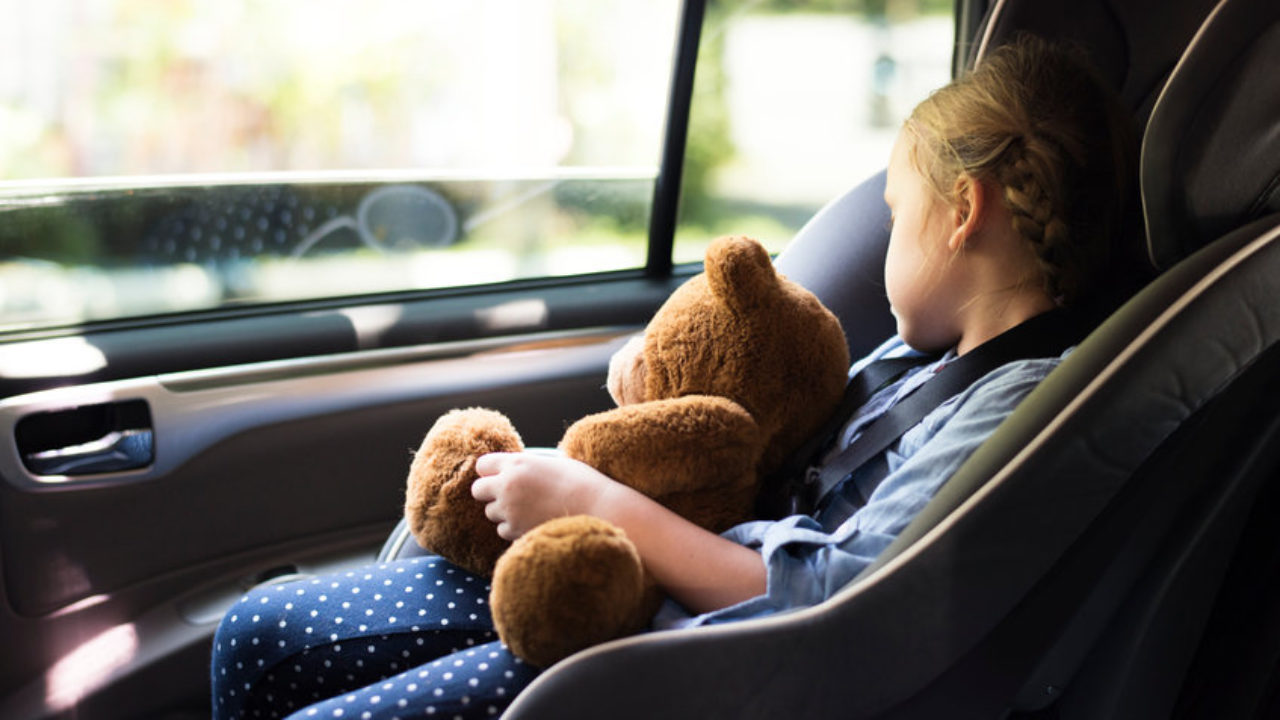

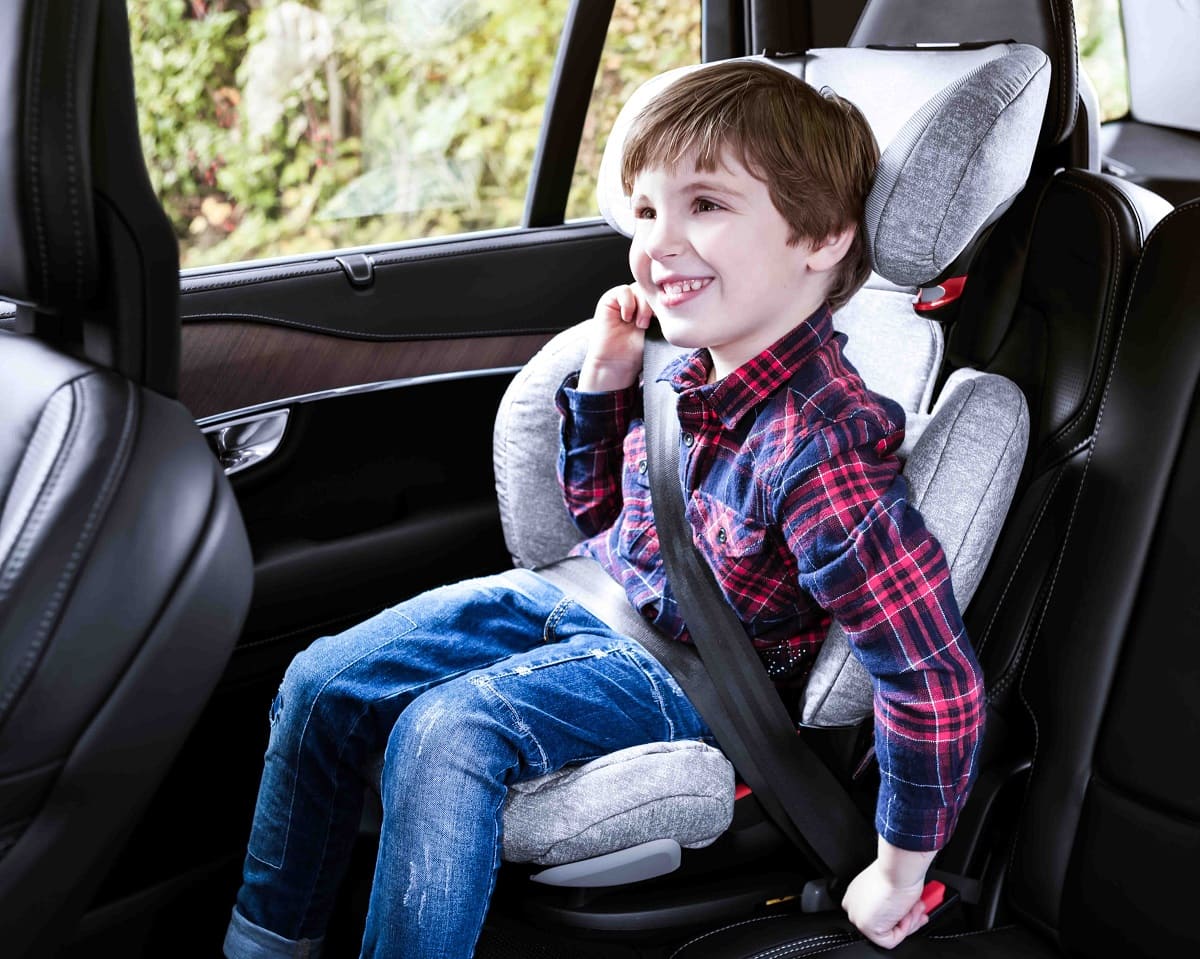

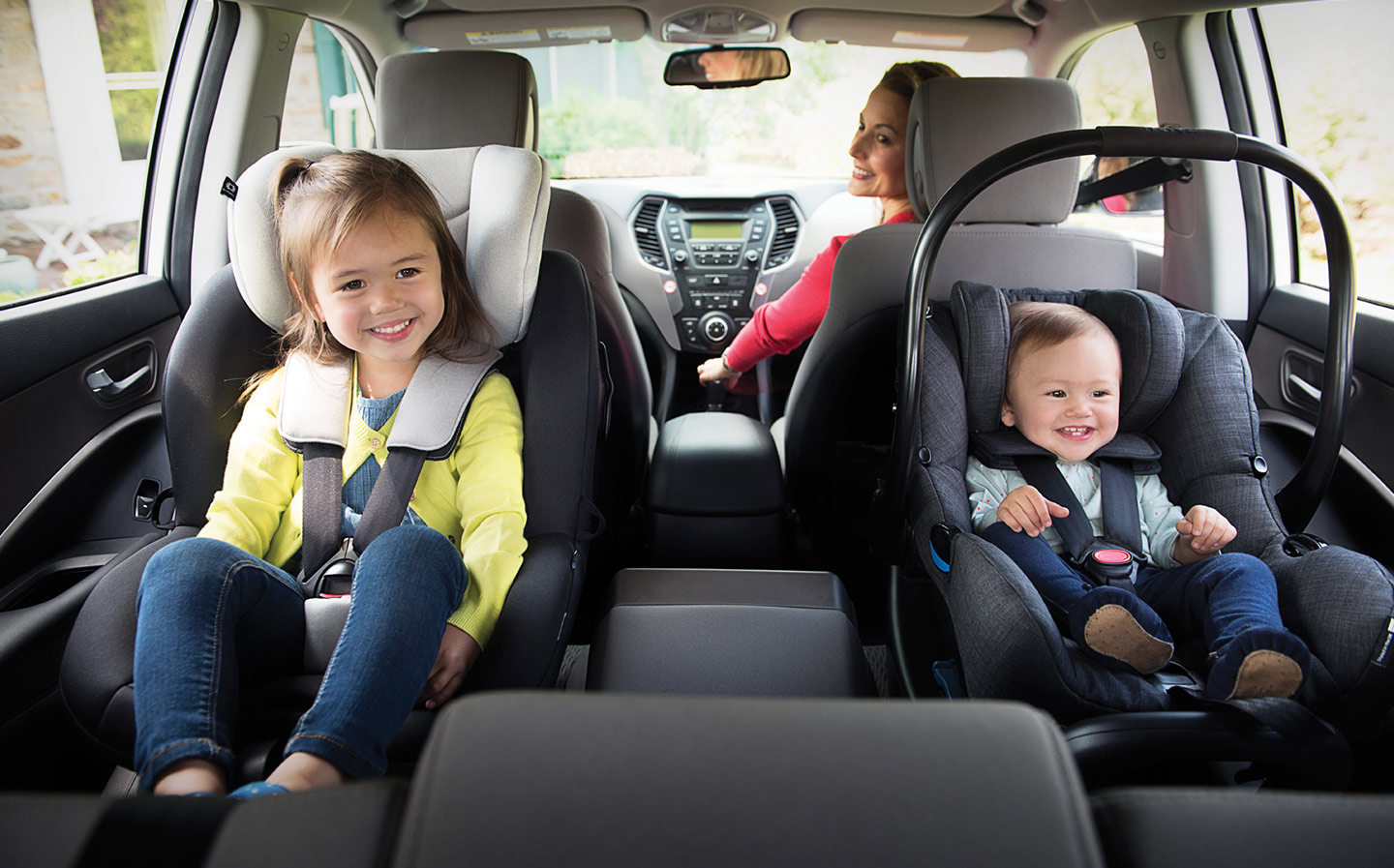
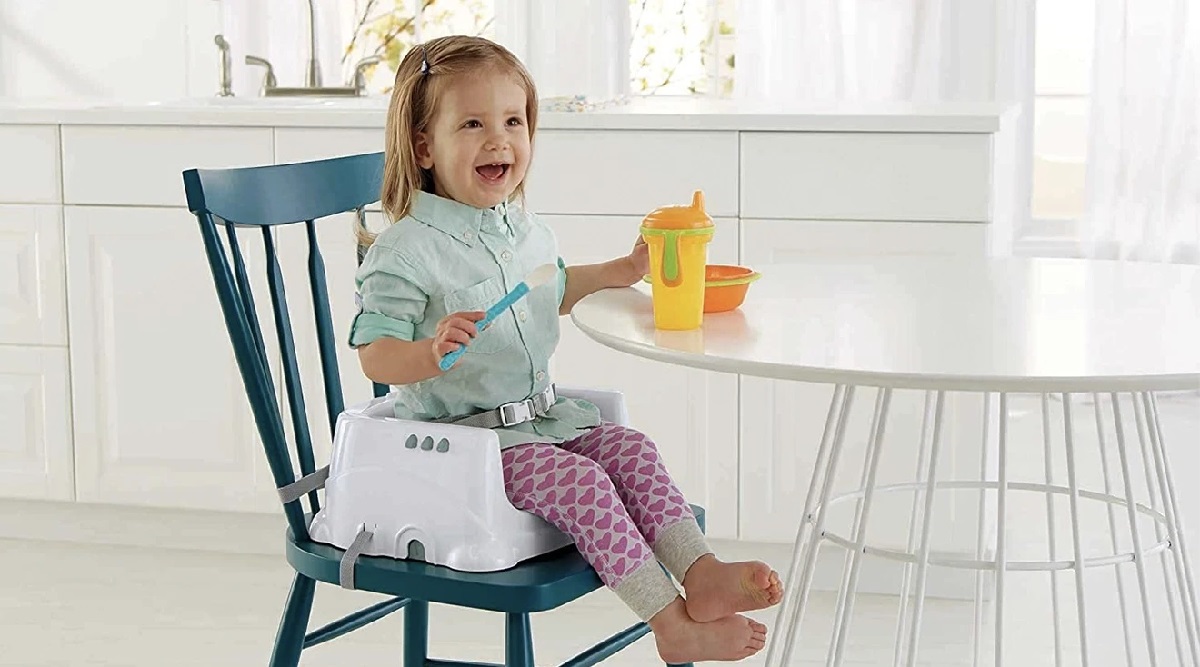

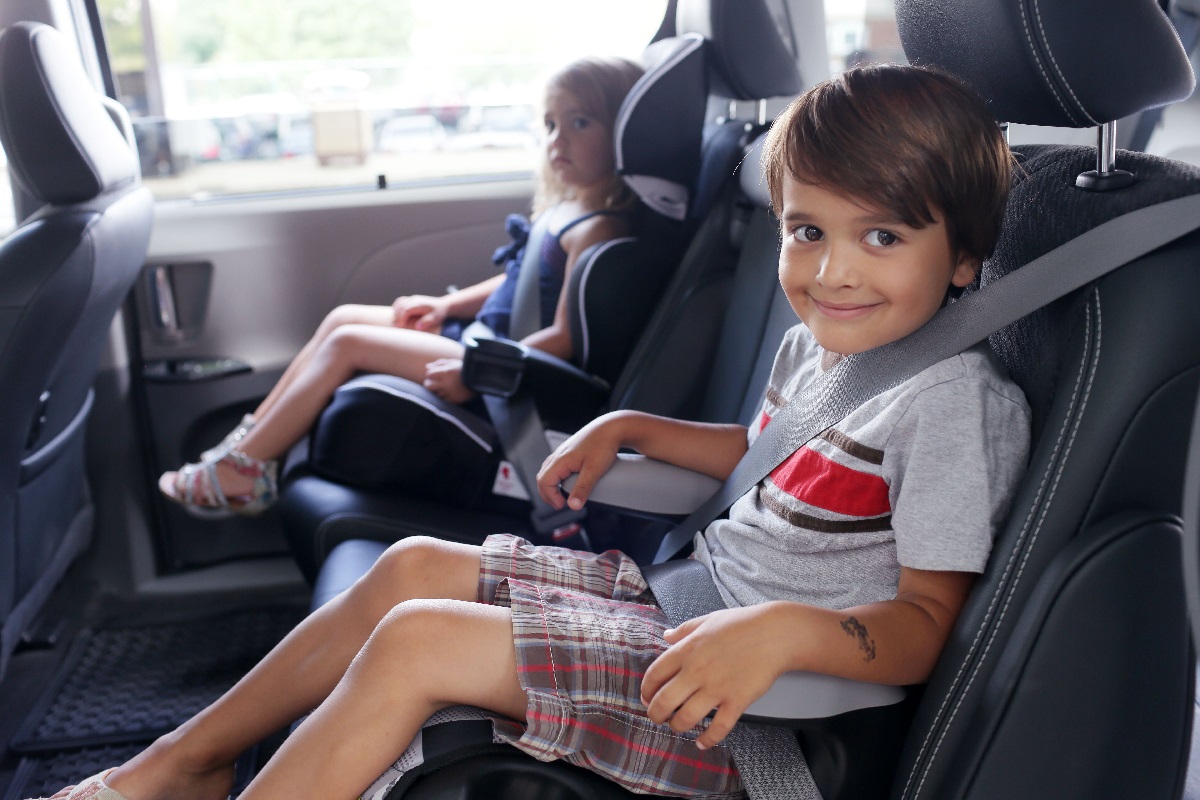

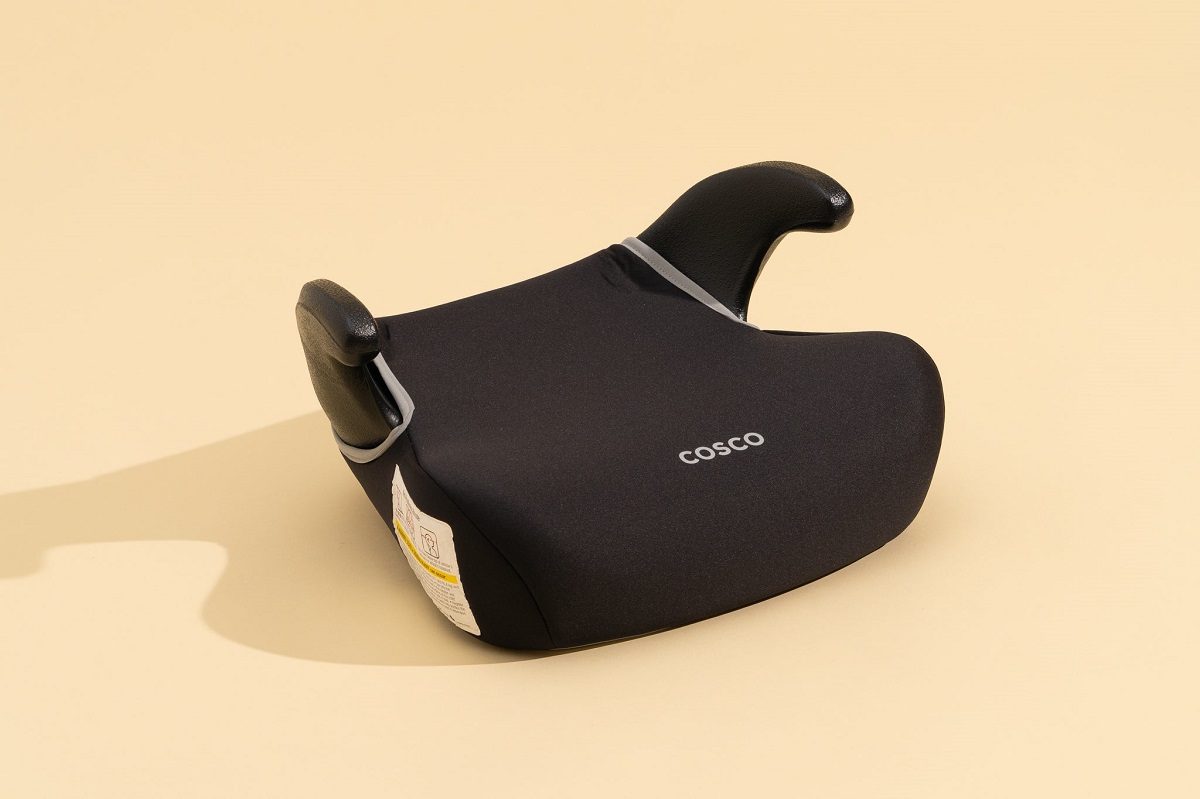
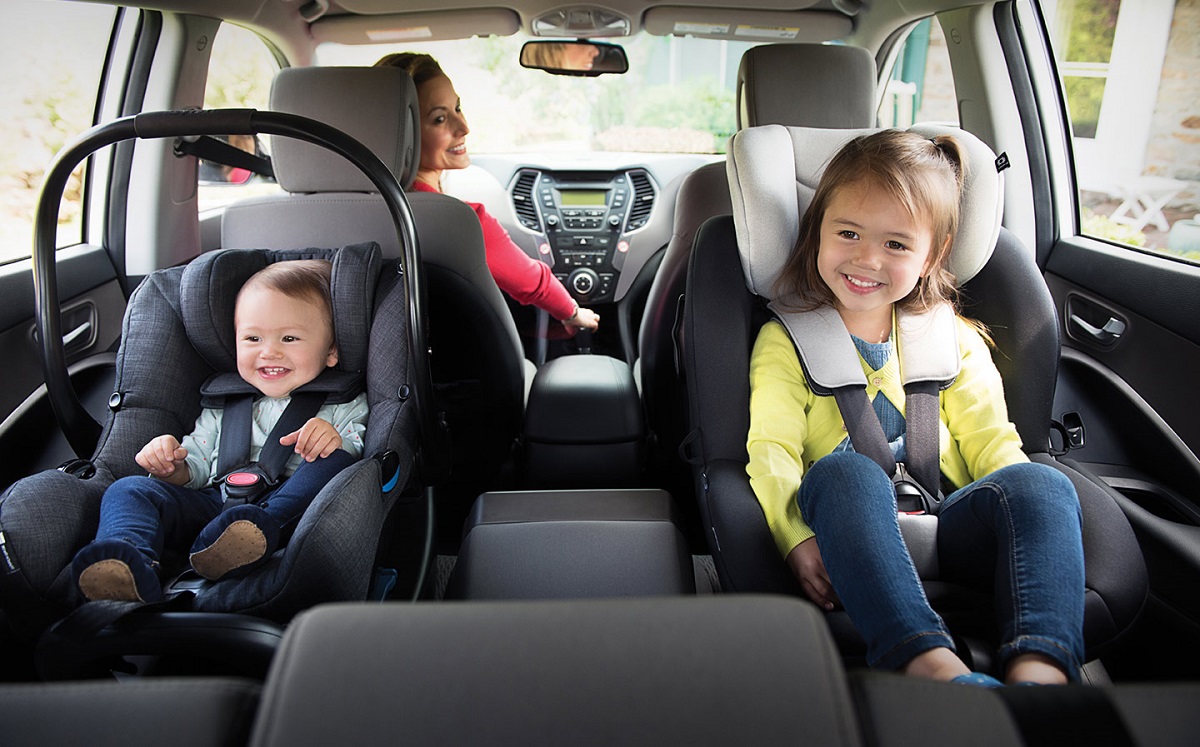



0 thoughts on “When To Put A Child In A Booster Seat In Canada”